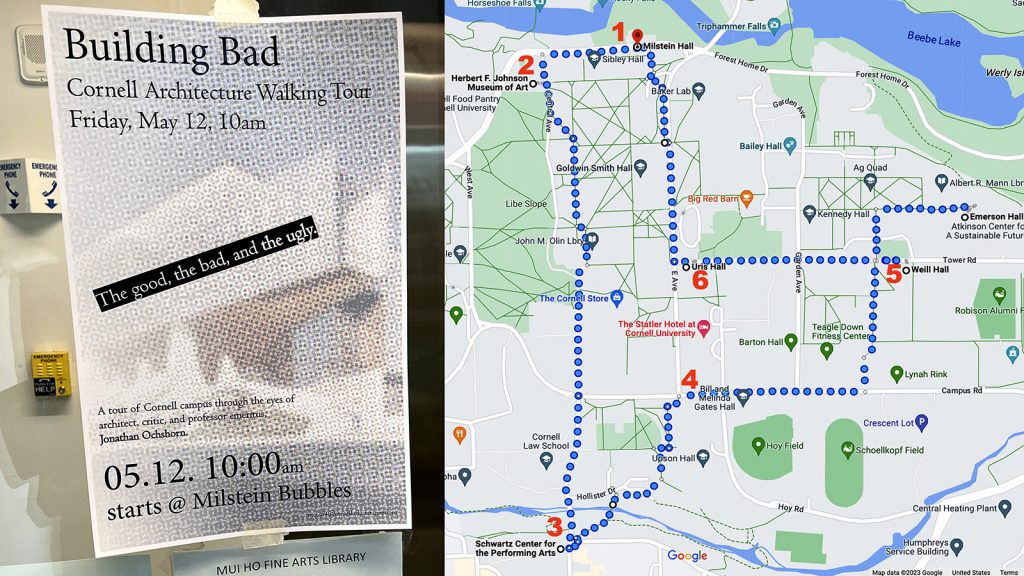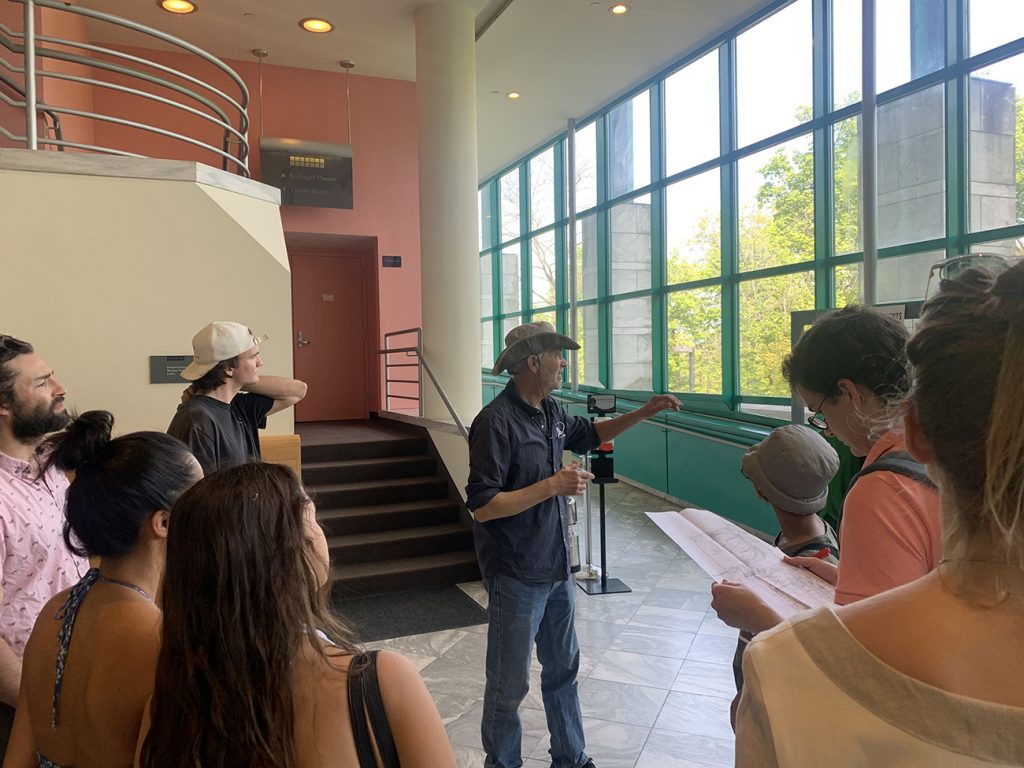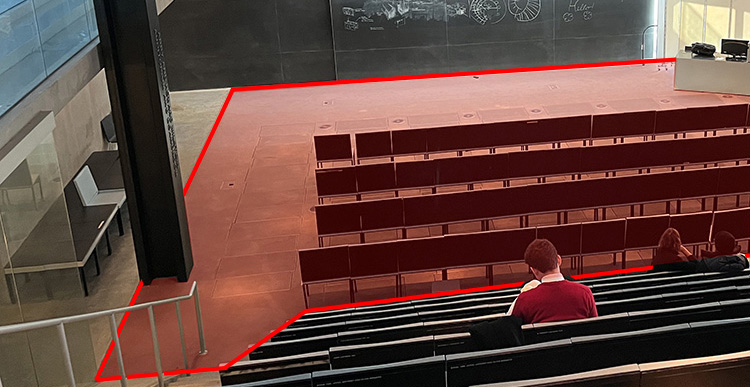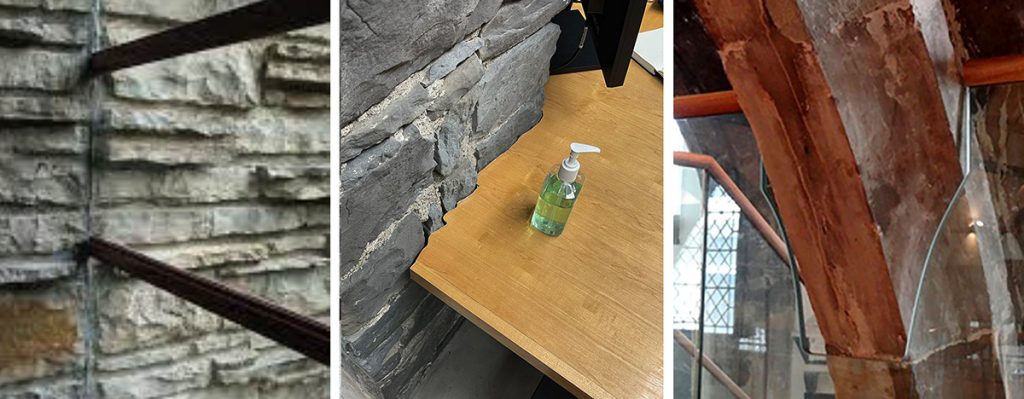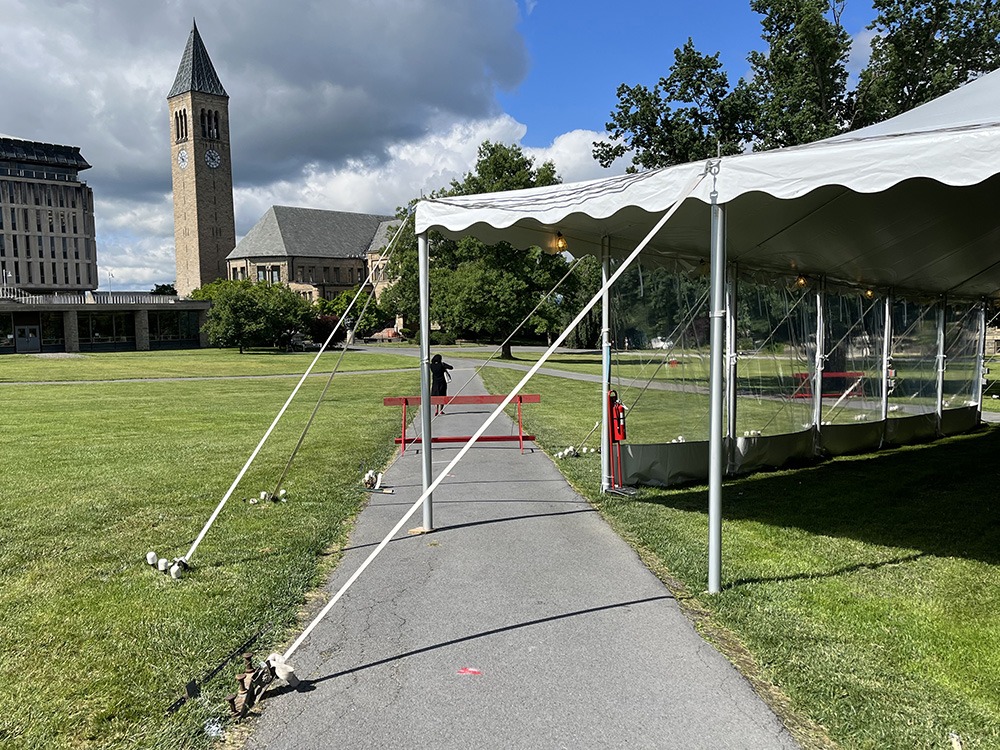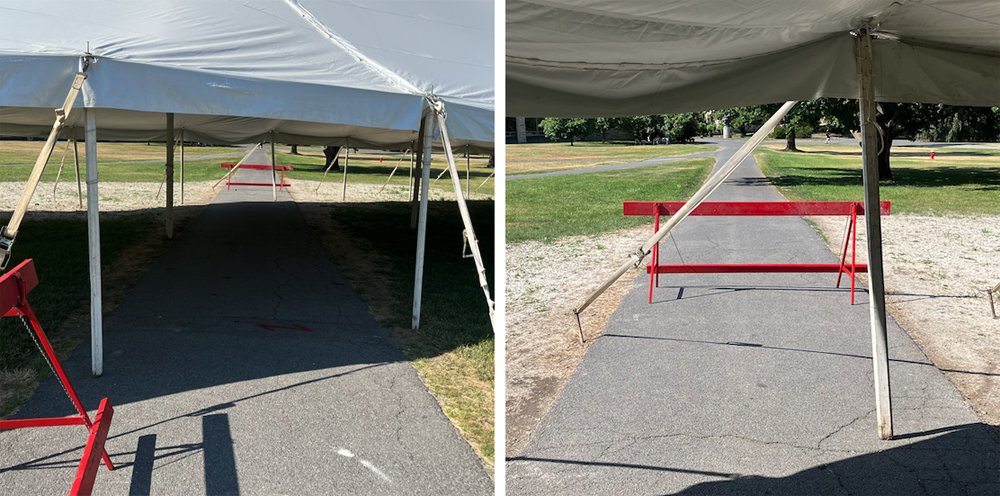Today in the New York Times, Lola Fadulu writes about New York City’s lawsuit pertaining to Steven Holl’s ADA-noncompliant Hunters Point library:
A few years back, architects designed a public library in Queens that has been lauded as one of the most stunning public buildings produced in New York in a century. But it is also rife with obstacles for people with disabilities, according to city officials who are now suing the designers for the $10 million they say it will cost to fix.
At the Queens Public Library at Hunters Point, a staircase that runs from the lobby to the second floor is the only way to access three areas that have built-in desks with charging stations. A ramp that leads to the rooftop terrace, which has sweeping views of Manhattan, has a slope that is unlawful, the city argues. Bathrooms throughout the building do not have enough space for wheelchairs, the lawsuit says.
Two years ago, in July 2021, I wrote about the same library in my song, “Ballad of Building Bad.” Here’s the song, starting with the second verse:
Verse 2 (Jonathan Ochshorn, “Ballad of Building bad”)
Everybody’s talking about the fancy new library
Where you must climb up steps to get to these bookshelves
Asked about ADA mandates for access he says it’s customary
For disabled people not to get their books themselves
Now he’s pointing to the killer views you get looking out from those steel stairs
But when asked about excluding handicapped users
He says I won’t ruin my design just because of some strollers and some wheelchairs
This is a gift to the community so beggars can’t be choosers
And it’s based on these watercolor drawings in my sketchpad
Building bad
The song is based on my book, Building Bad: How Architectural Utility is Constrained by Politics and Damaged by Expression (Lund Humphries, 2021).

